How to Manage Quality Assurance in OEM Tea Production
Ah, tea. That magical elixir that has launched ships, started revolutions, and fueled countless gossip sessions. Whether it’s Earl Grey, matcha, or a humble herbal blend, tea is a global obsession. But when it comes to OEM (Original Equipment Manufacturer) tea production, the stakes are high. After all, you’re not just brewing a cuppa for Aunt Mabel you’re crafting a product that could make or break a brand. So how do you manage quality assurance in OEM tea production without losing your mind (or your tea leaves)? Grab your favorite mug and let’s dive in.
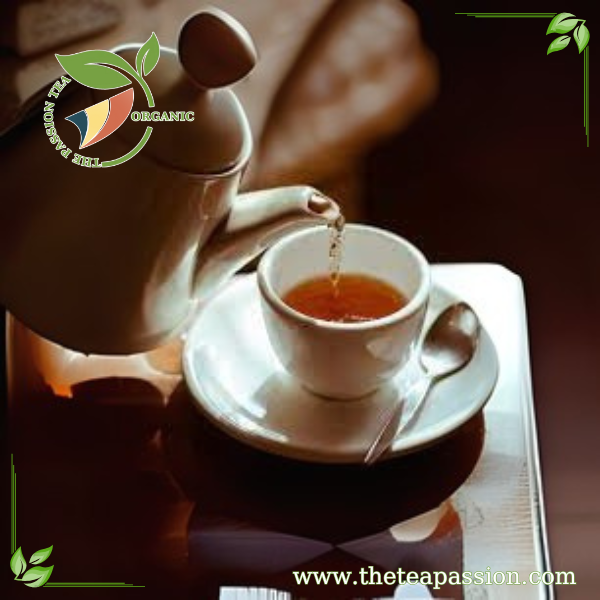
1. Know Your Leaves Like You Know Your Netflix Password
Quality assurance starts with the raw materials. Tea leaves are the Beyoncé of the beverage world they demand attention and deserve respect. Whether you’re sourcing Assam, Darjeeling, or a trendy butterfly pea flower, you need to ensure they’re of top-notch quality.
Work closely with trusted suppliers and conduct regular audits. Test for contaminants like pesticides or heavy metals because nobody wants their morning brew to come with a side of lead poisoning. And remember: stale leaves are about as appealing as soggy toast. Keep it fresh!
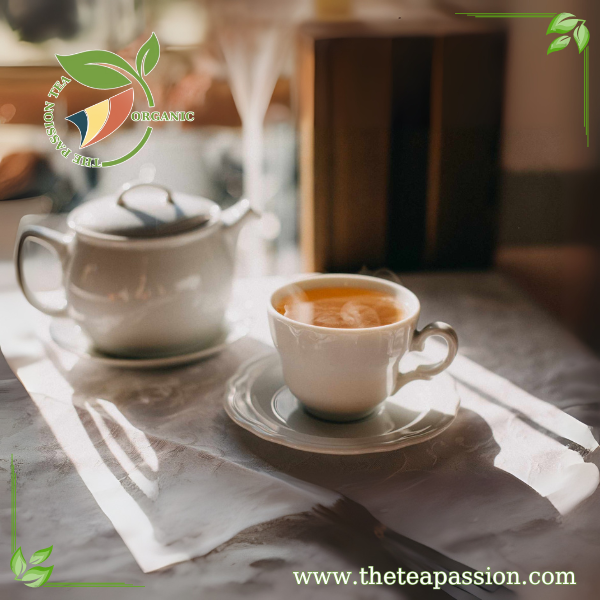
2. Blend Like a Wizard
OEM tea production often involves creating custom blends for clients. This is where the magic happens or where it can all go horribly wrong. Blending tea is both an art and a science. Too much of one ingredient, and you’ve got a disaster on your hands. Too little, and it’s just “meh.”
To avoid catastrophe, invest in skilled tea blenders who can balance flavors like tightrope walkers. Conduct sensory evaluations (read: taste tests) at every stage. And if your blend tastes like lawn clippings? Back to the drawing board, my friend.
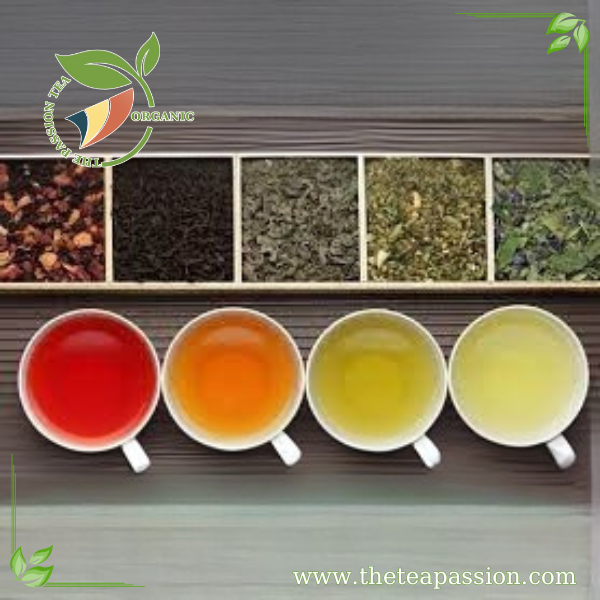
3. Keep Your Factory Cleaner Than a Gossip-Free Workplace
Let’s face it: tea production can get messy. From drying and sorting to packaging, there’s plenty of room for things to go awry. That’s why cleanliness isn’t just important it’s non-negotiable.
Implement strict hygiene protocols and train your staff like they’re auditioning for a role in a medical drama. Regularly inspect equipment for wear and tear because no one wants a stray bolt in their chamomile tea. And if you spot a cockroach? Burn the factory down (just kidding but seriously, address it immediately).
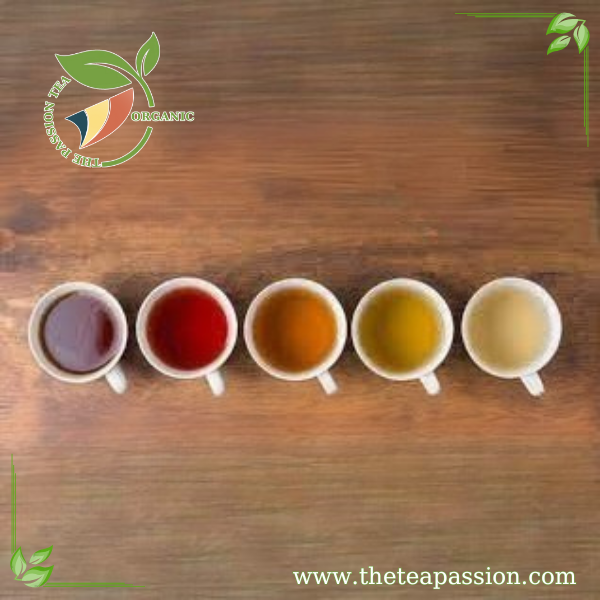
4. Test Like a Mad Scientist
Testing is the backbone of quality assurance, and no, we’re not talking about sipping tea with pinkies up. We’re talking hardcore analysis here microbial testing, moisture content checks, and flavor profiling.
Set up a robust testing schedule to catch issues before they spiral out of control. If your tea fails a test? Don’t panic (or cry into your teapot). Use the data to identify the problem and fix it faster than you can say “oolong.”
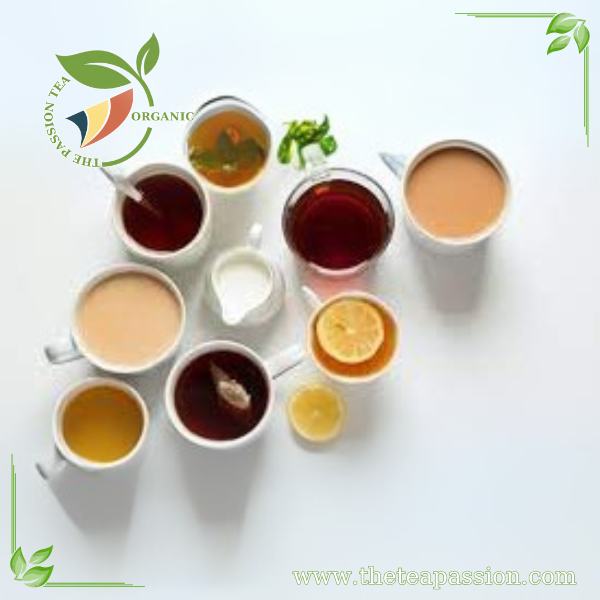
5. Label Like Your Life Depends on It
In OEM tea production, labeling is everything. Your clients rely on you to provide accurate information about ingredients, origins, and certifications (hello, organic!). A mislabeled product can lead to lawsuits, recalls, and some very cranky customers.
Double-check every label like you’re proofreading your résumé for typos. And if you’re dealing with international markets, ensure your labels comply with local regulations. Trust me, no one wants to explain “may contain traces of peanuts” in 17 different languages.
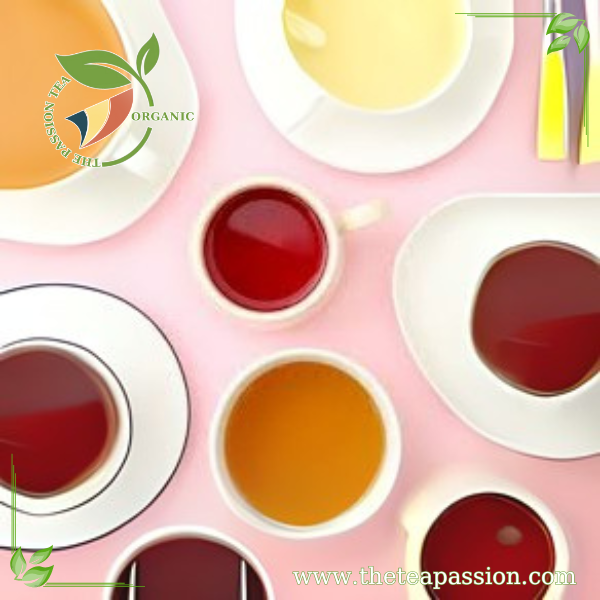
6. Traceability: The Sherlock Holmes of Tea
Imagine this: A customer complains that their green tea tastes suspiciously like cardboard. How do you figure out what went wrong? Enter traceability the unsung hero of quality assurance.
Maintain detailed records of every batch produced, from leaf to cup. This way, you can trace any issue back to its source faster than Holmes could solve a murder mystery. Bonus points if you use blockchain technology it’s like CSI: Tea Edition.
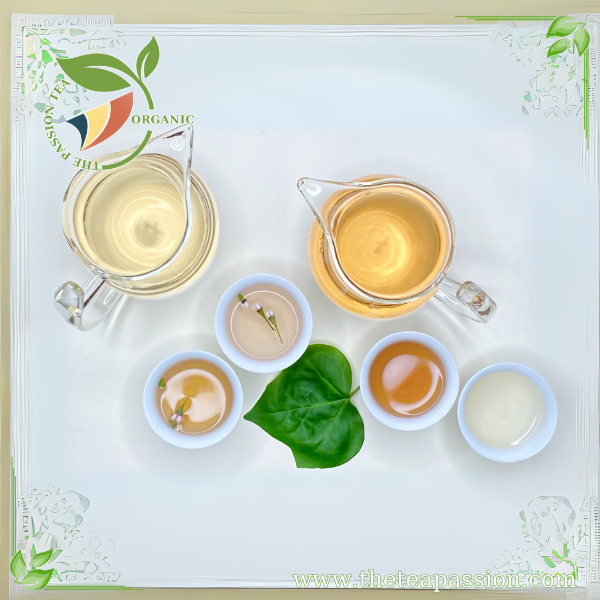
7. Customer Feedback: The Bitter Truth
Let’s be real: Not every batch will be perfect. That’s where customer feedback comes in. Encourage your clients to share their thoughts (and complaints) so you can improve.
Create a system for tracking feedback and addressing issues promptly. And if someone says your tea tastes like dishwater? Take it as constructive criticism then fix it before they tweet about it.
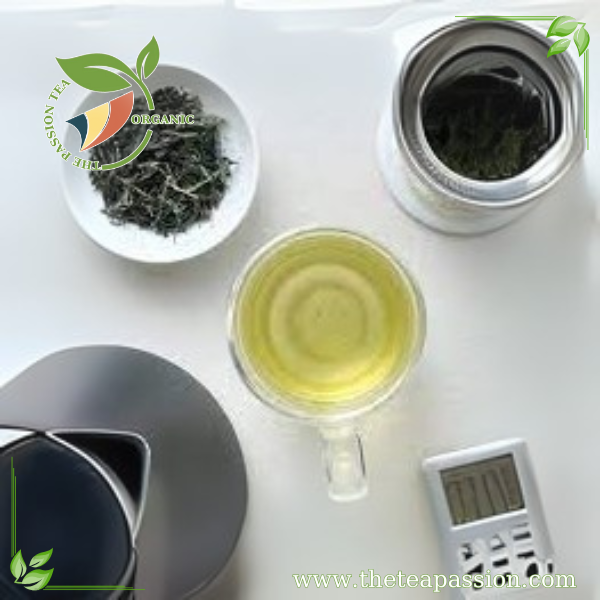
8. Certifications: The Gold Stars of the Tea World
In today’s market, certifications are more than just fancy badges they’re proof that you know what you’re doing. Whether it’s Fair Trade, Rainforest Alliance, or USDA Organic, these certifications signal to clients that your tea is top-tier.
Yes, getting certified can be a headache (hello, paperwork), but it’s worth it for the trust and credibility it builds. Plus, who doesn’t love showing off a shiny logo on their packaging?
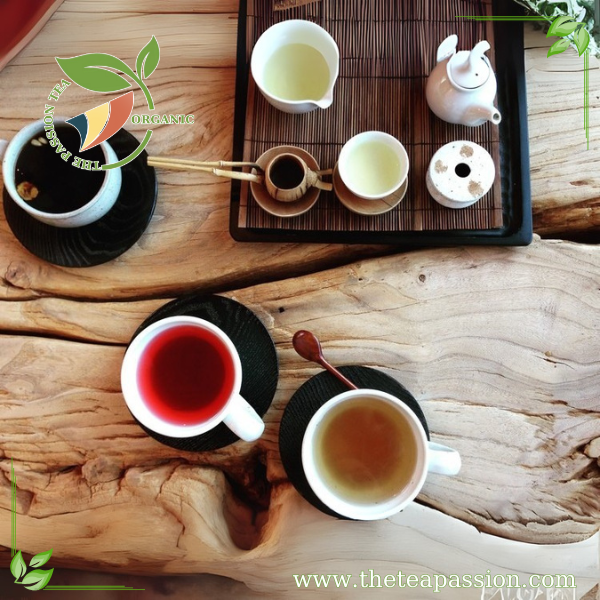
9. Train Your Team Like They’re Competing in the Olympics
Your team is your greatest asset or your biggest liability. Invest in training programs to ensure everyone knows their role in maintaining quality standards.
From machine operators to quality control inspectors, every employee should understand the importance of their work. And if someone isn’t pulling their weight? It might be time for a “come to Jesus” meeting (or a pink slip).
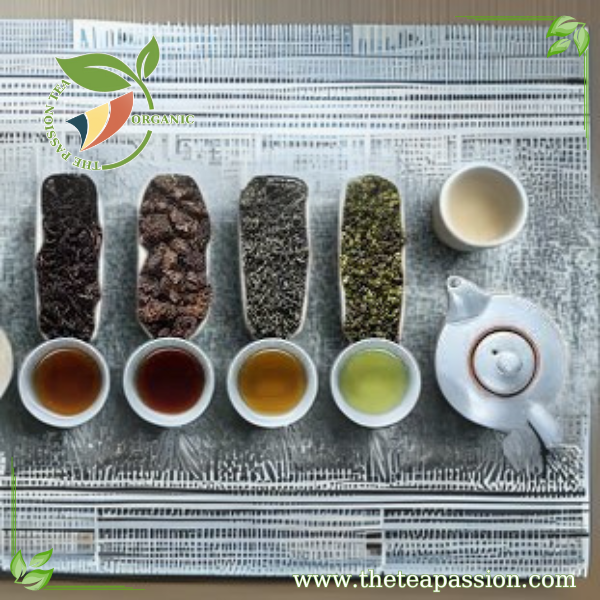
10. Stay Ahead of Trends (and Drama)
The tea industry is constantly evolving, with new trends popping up faster than you can say “bubble tea.” Stay ahead of the curve by keeping an eye on market trends and consumer preferences.
But don’t just jump on every bandwagon evaluate whether a trend aligns with your production capabilities and brand values. And if someone suggests avocado-flavored tea? Politely decline.
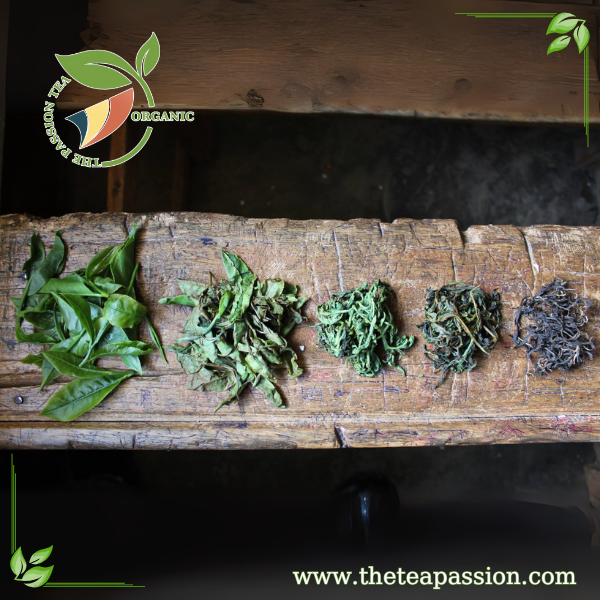
Managing quality assurance in OEM tea production isn’t for the faint of heart it’s a delicate dance of precision, passion, and occasional panic attacks. But with the right systems and mindset in place, you can create teas that delight customers and keep clients coming back for more.
So go forth and conquer the world of OEM tea production! And remember: When in doubt, brew another pot it’s amazing what a good cup of tea can solve. Cheers!
